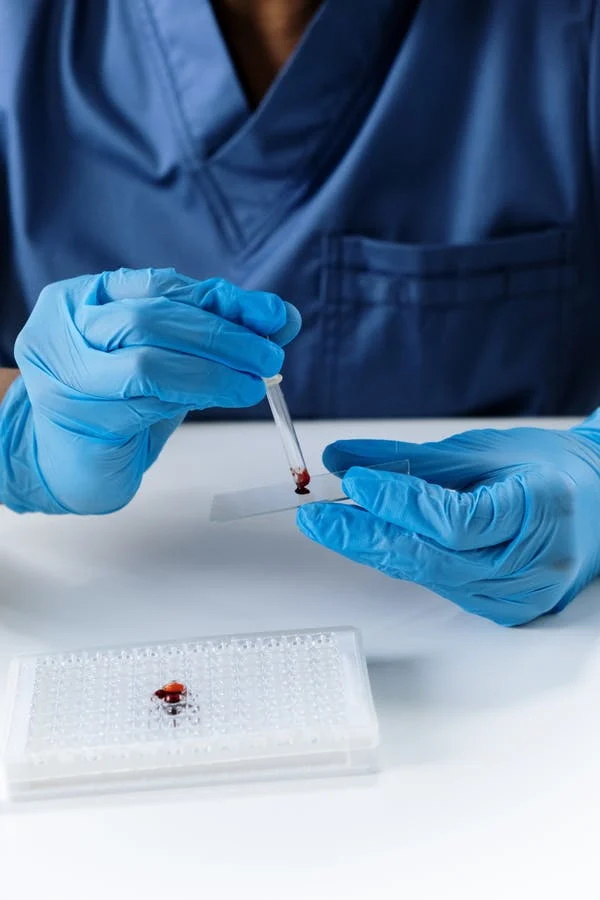What are the Potential Sources of DNA Sample Contamination in the Lab, and How Can You Remedy It?
- Written by NewsServices.com

Scientific studies with DNA samples in the laboratory are a common phenomenon. The advanced medical practitioners are studying the same to decode various ailments and also to come up with multiple cures. It is here that there can be a scope of DNA contamination that can adversely impact the experiment and make it challenging for the researchers to arrive at what they are aiming for. Here the DNA sample needs to get prepared so that one can progress to the next level of the experiment.
The probable DNA contamination sources
Simply put, the contamination takes place when the exogenous DNA gets introduced. And the most prominent source of the exogenous DNA found in the labs are what is known as the analyst's DNA. It also includes the DNA from various samples and fragments of an allelic ladder that gets used to decide the amplified allele's size. Some of the probable ways in which there can be DNA contamination include the following:
-
The sample-to-sample transfer
It is one of the common types of contamination available at a pre-amplification stage. This contamination occurs by transferring a minimal percentage of the sample to the other. The standard sources comprise of improper handing processes, disposable supplies and the reagents. The other probable causes of this contamination include damaged containers and the inability to decontaminate the tool.
-
The cross-contamination between the nucleic acids
It is one of the prominent troubles that most laboratories face. It is mostly because the contamination sources are usually unexpected and diverse. Also, the risk factors for nucleic acid contamination comprise of the following:
-
Environmental contaminants
-
Reagents
-
The equipment and disposables such as the reaction tools and the sterilized bronchoscopes
-
Improper communication between the close by labs and the various research groups inside the building
-
The amplified material carryover
The amplified material carryover takes place when the earlier amplified material contaminates the previous sample batch. Considering the increased sensitivity of an amplification process, it is one of the potent contamination sources in DNA experiments.
How to avert DNA contamination in your lab?
One of the most crucial ways to avert DNA contamination in the lab is to ensure that researchers take ample caution while transferring the DNA samples. Also, they should use the correct containers and place it in a secure place. That aside, it is also essential for the medical research team to invest in a pcr cabinet. Today, the leading PCR cabinets get made using non-corrosive and high-end polypropylene and provide an increased level of chemical resistance.
Here polypropylene can maximize the tensile strength of the product and can also enhance the thermal characteristics. These cabinets get used in the proteomics, genomics, forensic sciences, and molecular biology domains. The cabinets come with an ergonomic design and get made using premium materials. It is effective in preventing DNA contamination and can help doctors, and medical researchers go ahead with their experiments without any hassle. That means the results are authentic and not compromised.







